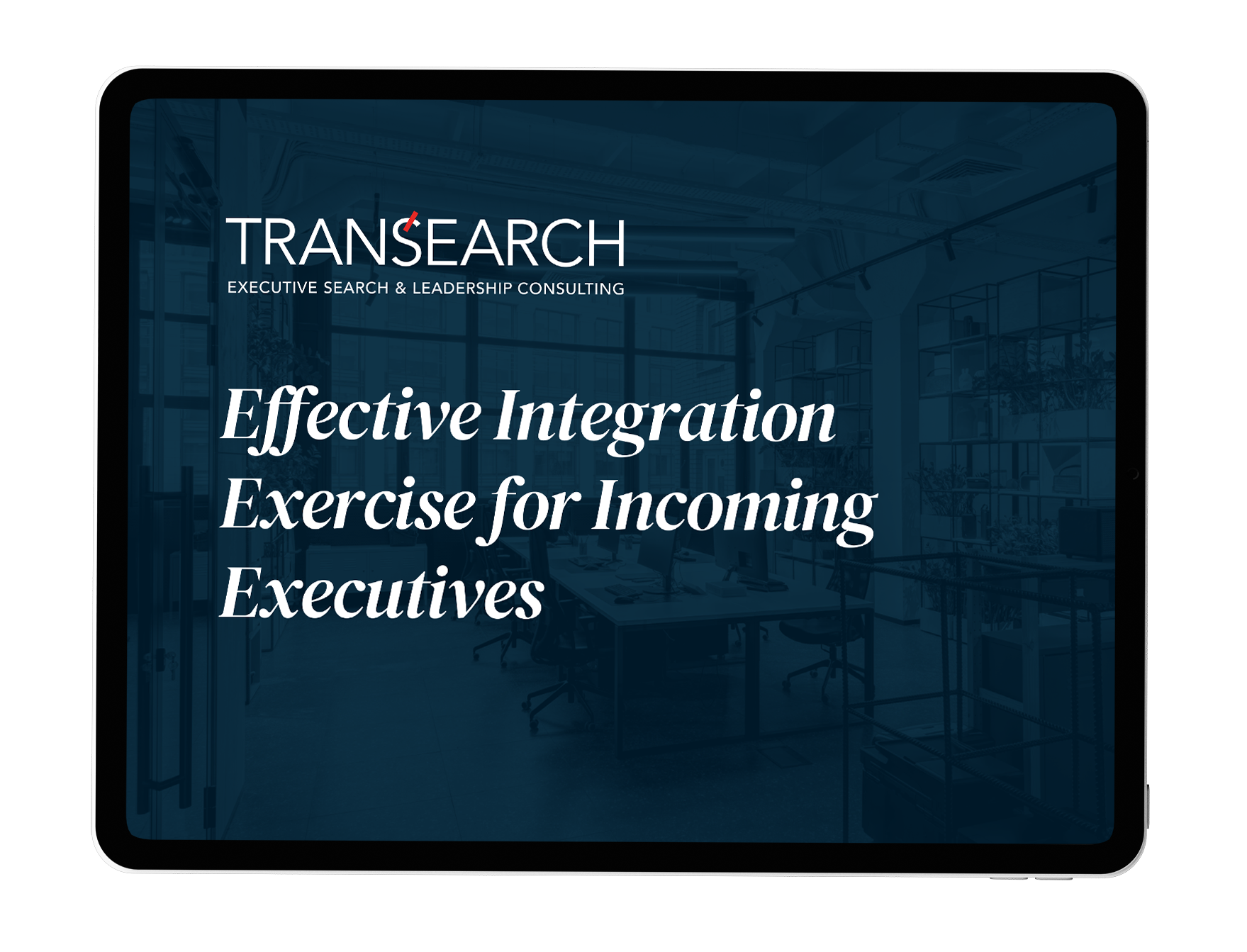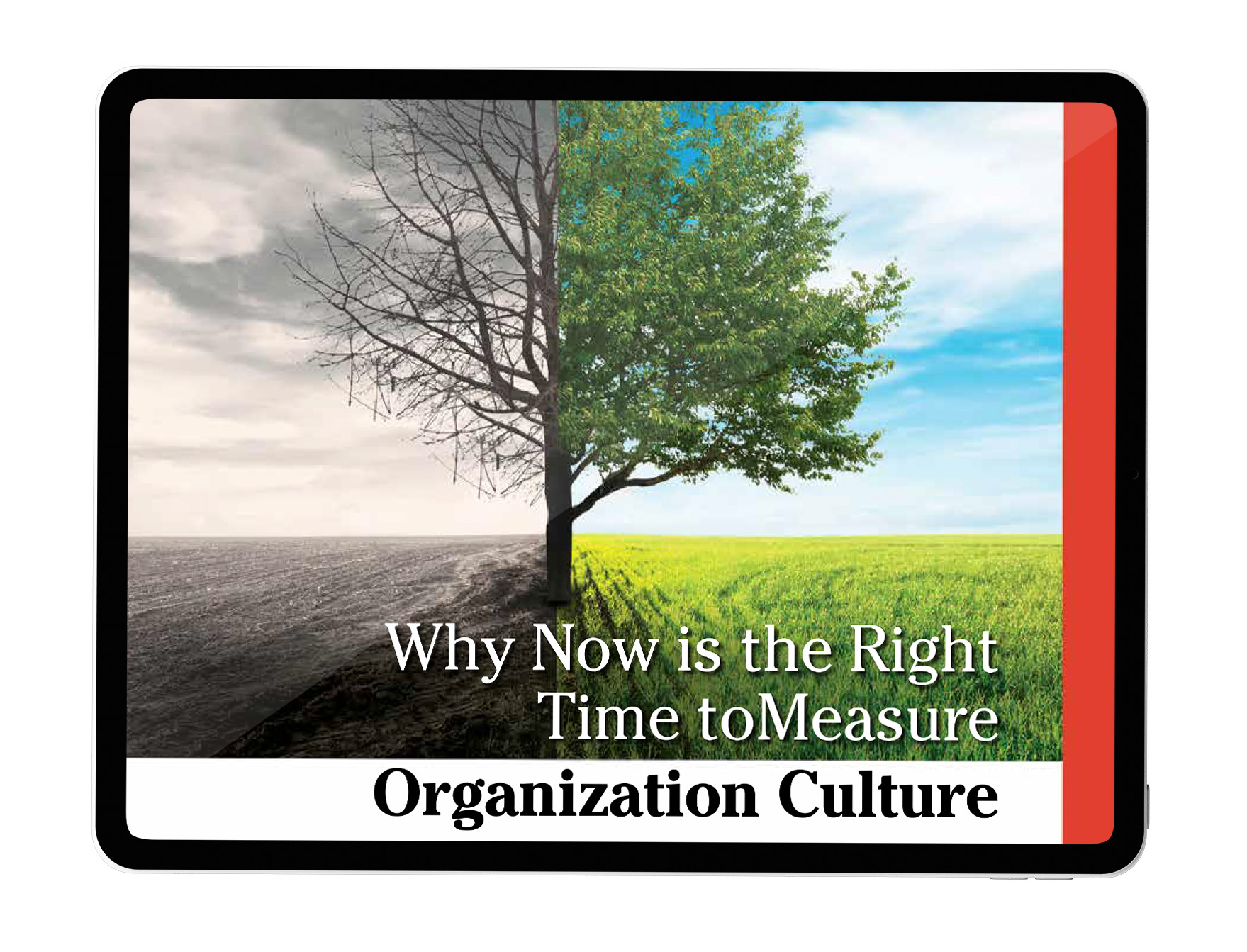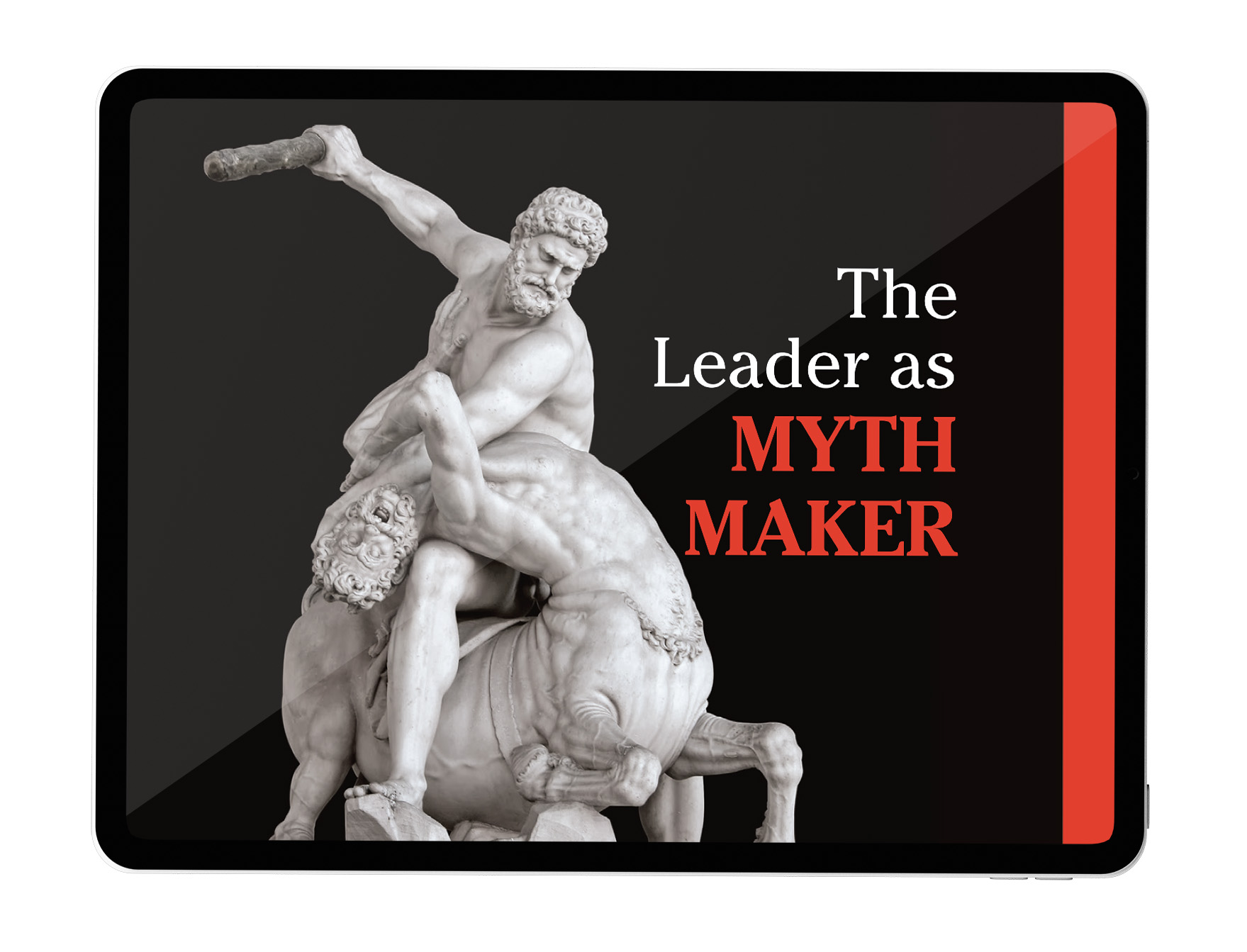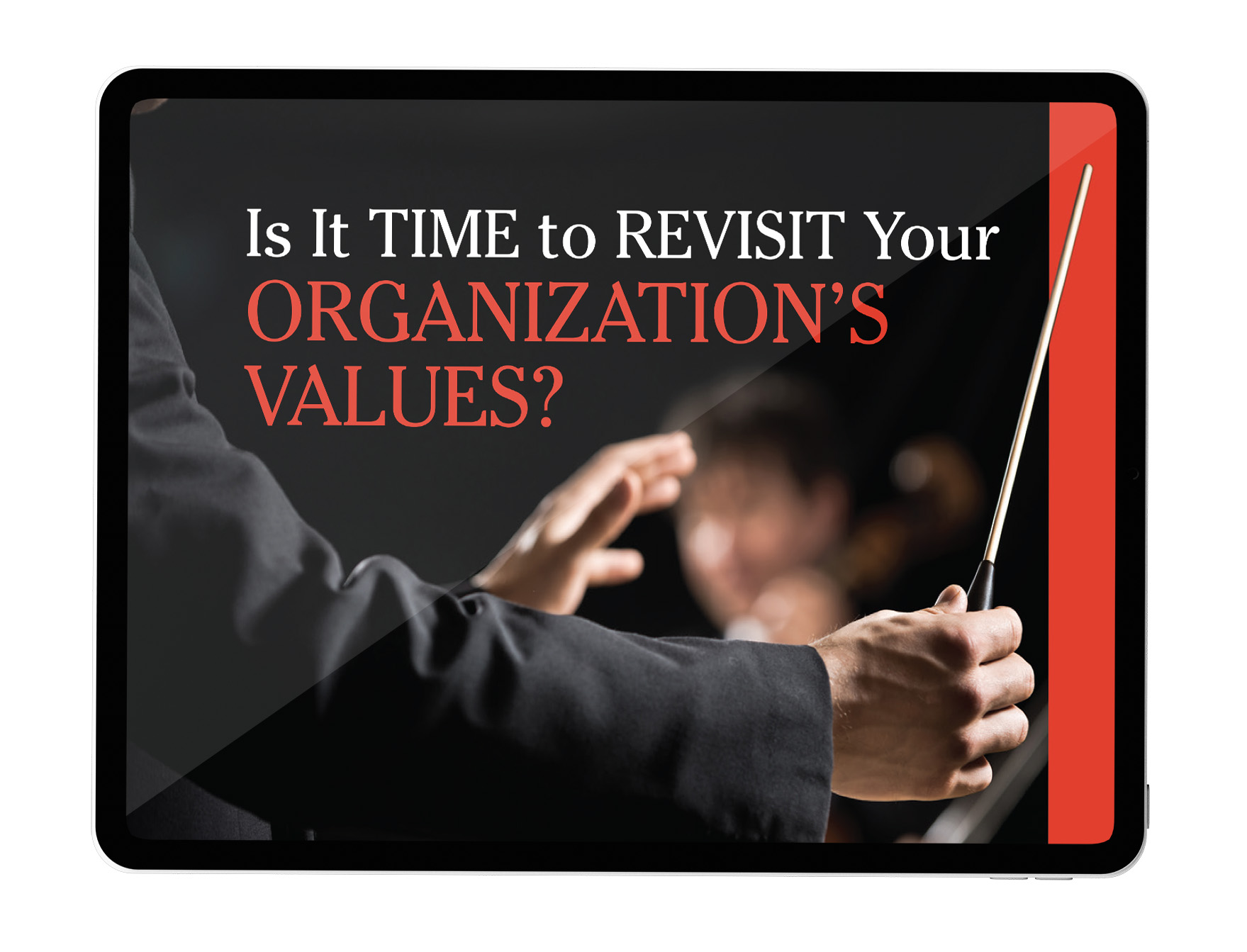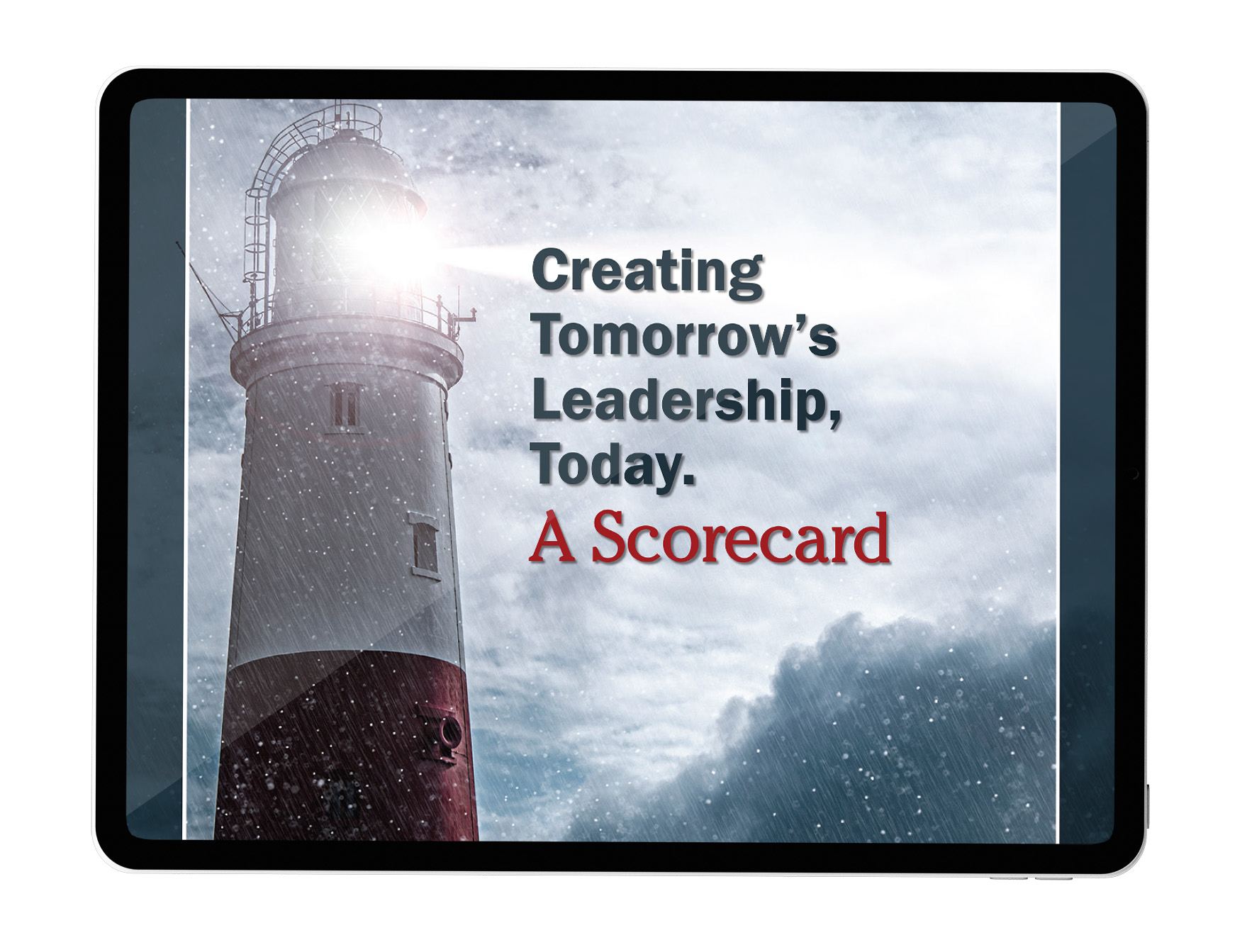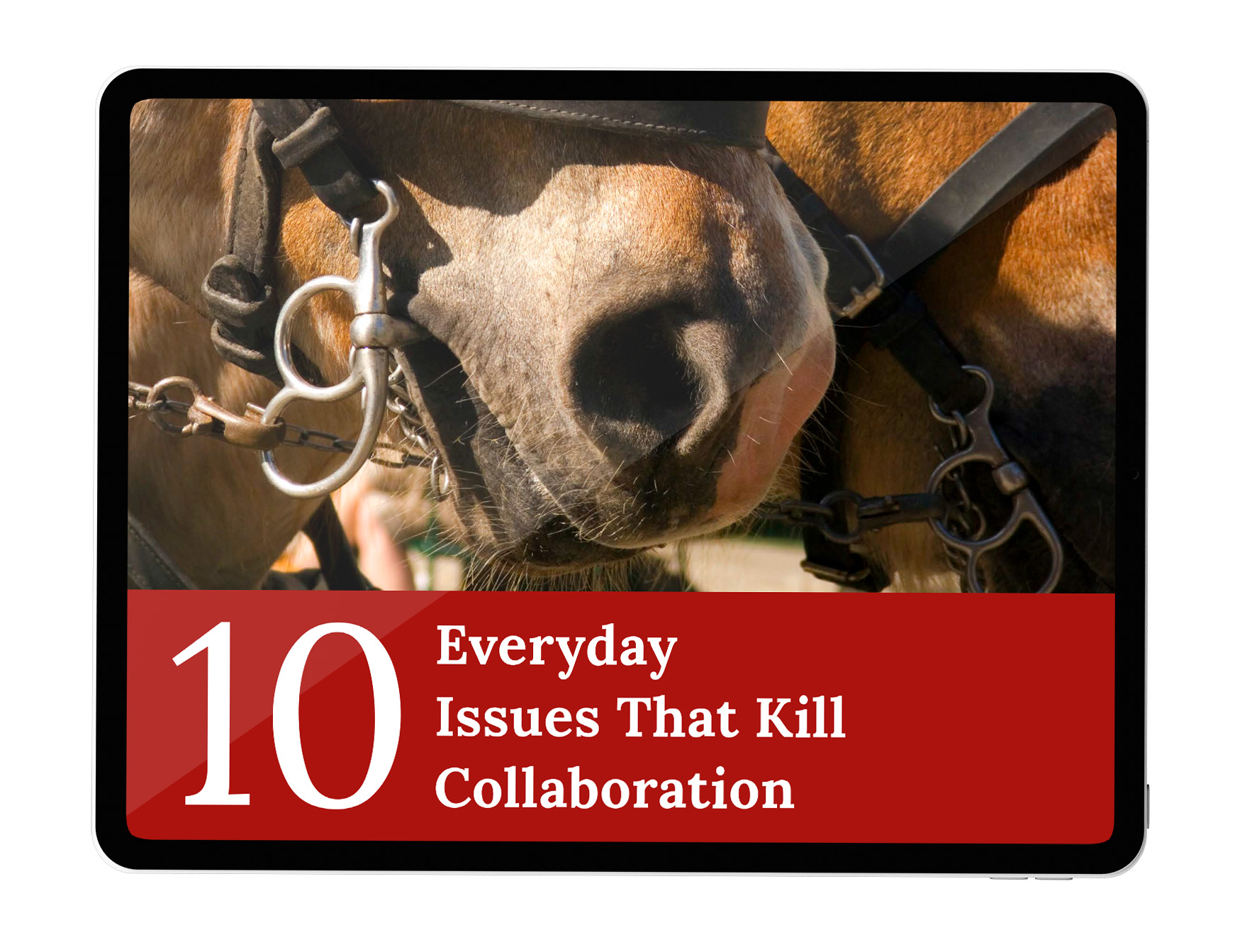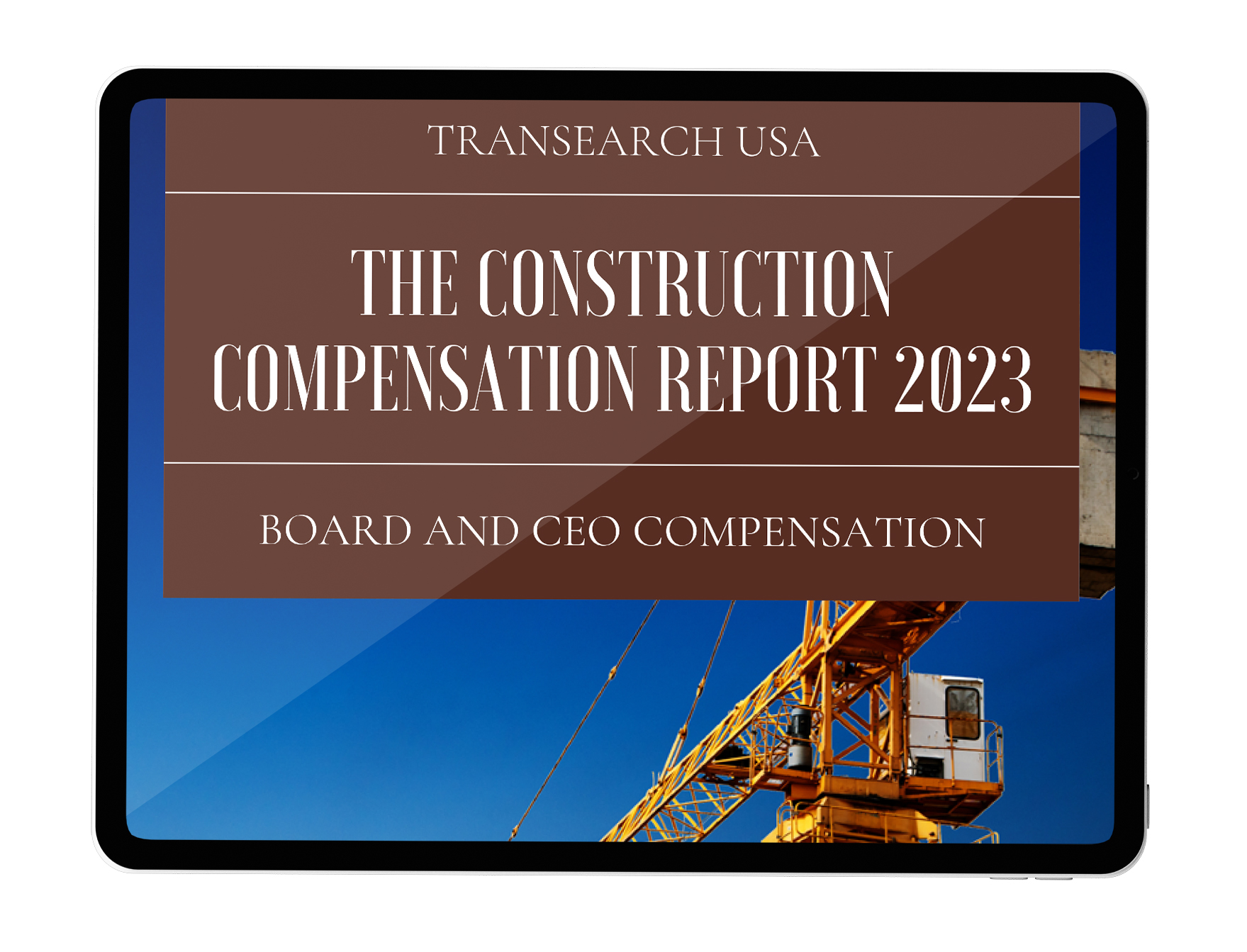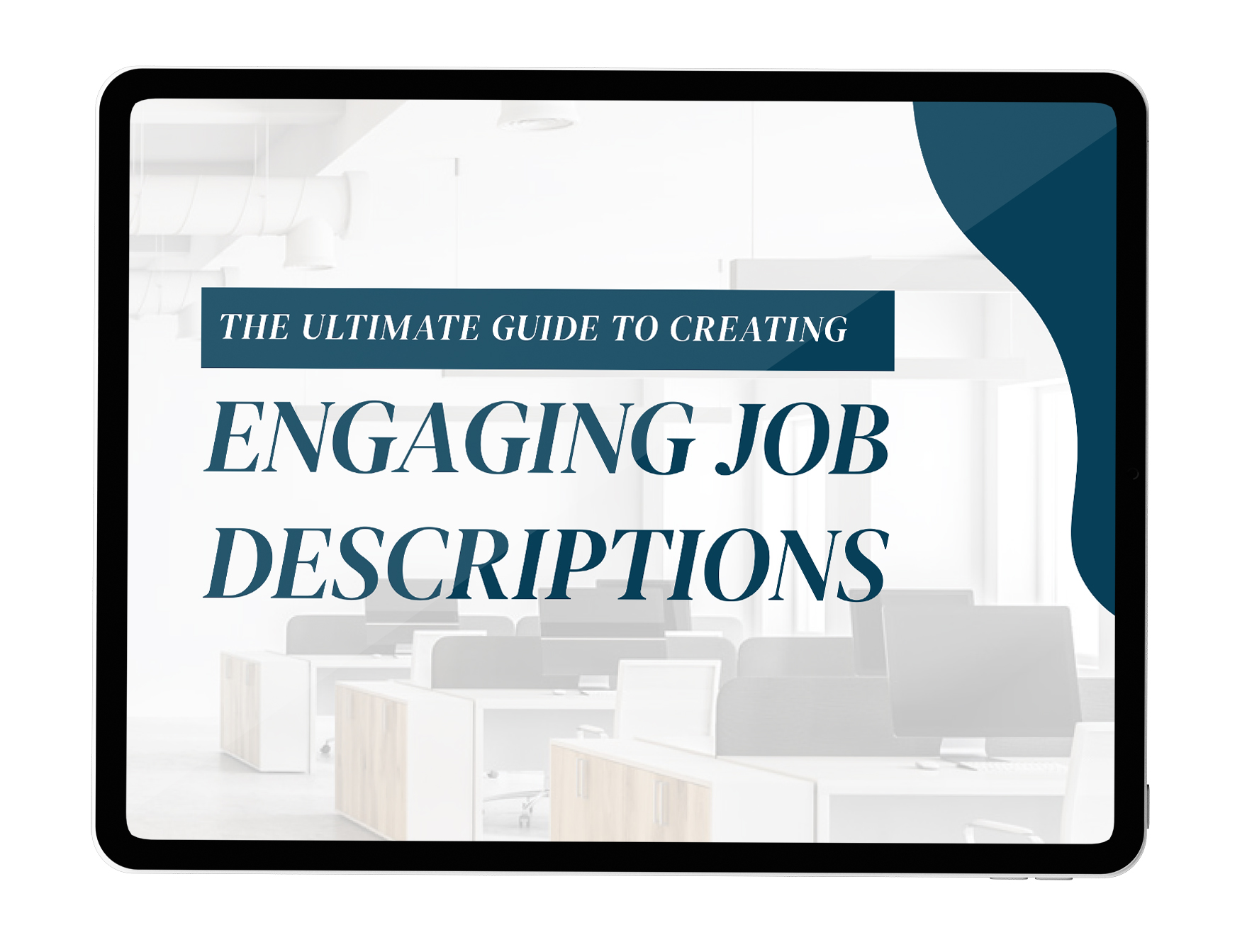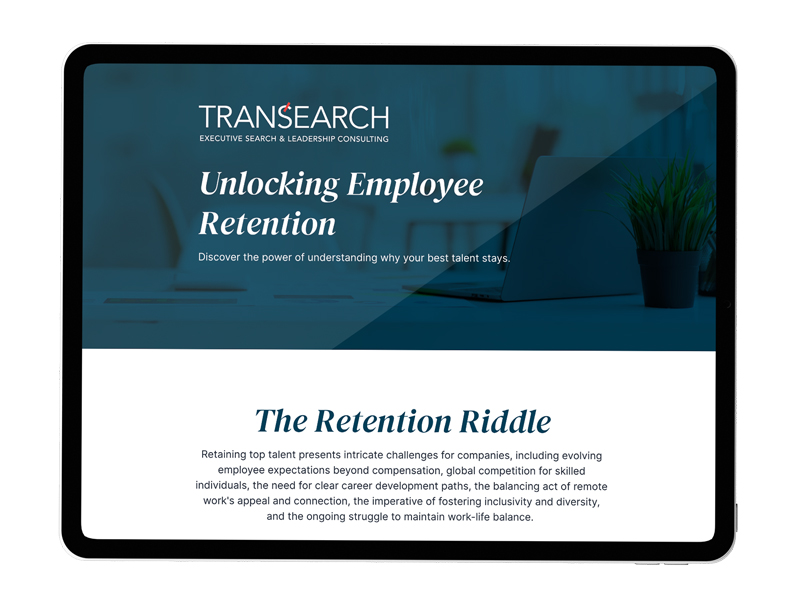Every organization wants to have competent and productive employees. However, ensuring an efficient onboarding process is the key to developing an efficient and result-driven workforce.
A well-crafted onboarding strategy can help newly hired top-level executives understand their roles and align their objectives with your organization.
If you are unsure how to achieve this or want to know how long the process should take and the recommended steps, let’s delve into the most crucial factors and tips for developing an effective onboarding plan.
How do you map out your onboarding plan?
A recent statistical report shows that companies with a standard onboarding process experience 54% greater new hire productivity. Beyond a simple induction, the onboarding process should be a strategic journey toward familiarizing your new hires with the company culture, vision, and expectations.
Develop a detailed timeline that starts before their first day and extends into their first few months. You should consider the short-term and long-term goals they need to achieve in this timeline. The process should be as follows:
1. Start Onboarding Right After the Offer:
Effective onboarding starts right after the candidate has agreed to join the company. Delaying the onboarding process until the first day can lead to disorienting and unprepared employees. Essential communication, such as an email with the company culture and expectations of the new employee before they are onboard, can provide a smooth transition and build a positive rapport between the organization and the employee.
2. Develop a Structured Onboarding Process:
A structured onboarding process is a planned and systematic approach to familiarize the new hires with the company. This includes introducing the company’s history, values, policies, and goals. Preparing a checklist for completing the paperwork and getting the necessary computer access, badge, and identification in place is essential. A planned process minimizes the possibility of any unpleasant surprises or confusion that can lead to a wrong impression of the company.
3. Provide Adequate Training and Mentorship
Training plays a critical role in onboarding new hires. A well-organized training session provides employees with the skills and knowledge required to fulfill their roles efficiently while being aware of company policies and best practices.
Mentoring or coaching is an experiential approach that helps new hires acclimate quickly to the company culture and work environment. According to the studies, mentorship encourages positive and productive behavior among new employees, resulting in better retention.
4. Check-In Regularly:
It is essential to check in regularly with your new hires to understand their progress and any challenges they may face. Regular check-ins can give you the insight to make adjustments and intervene when necessary. Additionally, it can help you identify any deficiencies in your onboarding process and create the opportunity to address them before they become a problem.
5. Evaluate the Onboarding Process:
Conduct an evaluation after completing the onboarding process to measure its success. Feedback from new hires and their supervisors can provide insights into the areas that require improvement, like training, mentoring, orientation, or resources related to the job function. Such data will be helpful to refine the process for subsequent new hires to reduce employee turnover and increase productivity.
Who should participate in the process?
According to a Harvard Business Review report, new hires with an assigned ambassador or buddy can become active faster and more efficiently. Assigned mentors go a long way in making new hires feel welcomed and supported throughout the organization. A mentor acts as their primary point of contact and a guide through the initial weeks of their journey.
How long should the onboarding process take?
Contrary to the belief that onboarding is a single-day bunch of formalities, the journey should be a well-planned and executed process that extends over time. Its main goal is to ensure the new hire is well-equipped, comfortable, fully integrated into the team, and ready to contribute to the company’s goals.
However, the question still lingers: how long should this process take? There is no one-size-fits-all answer here, as the length of the onboarding process can vary from one company to another and even from one role to another within the same company. But, a few significant statistics could guide you in optimizing your onboarding plan.
- Short-term onboarding (First week): This period is for orientation—covering paperwork, discussing policies, company culture, job roles, and initial introductions to the team.
- Medium-term onboarding (First three months): The distinct roles and responsibilities become clearer during this period. New hires should start contributing to their teams as their performance progress gets tracked.
- Long-term onboarding (First year): This time frame allows new hires to fully understand the company dynamics, build relationships, achieve goals, and ultimately add value to the company.
In light of these points, defining an exact number may be challenging, but most successful companies typically extend their comprehensive onboarding plans for new hires to about one year. This allows ample time for the new executive to settle into their role, understand the company’s operations and dynamics, and achieve significant milestones.
Why is it essential to develop a comprehensive onboarding for new hires?
Creating an expansive and well-thought-out onboarding plan for your new hires is not just a considerate way to welcome them into the company; it’s a strategic move that can substantially impact productivity, employee engagement, and staff retention.
High retention rates translate to healthier working dynamics and improved operational efficiency for your company. Comprehensive onboarding leads to higher job satisfaction, lower turnover, quicker proficiency, and better performance in the long run — all solid indicators of a thriving and progressive work environment.
Remember, the goal is to orient your new hires and invest in their future with your organization. Make the right impression from day one. Begin developing a comprehensive onboarding plan for your new hires today!





















